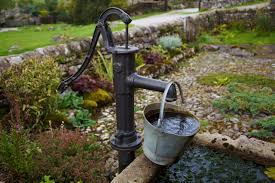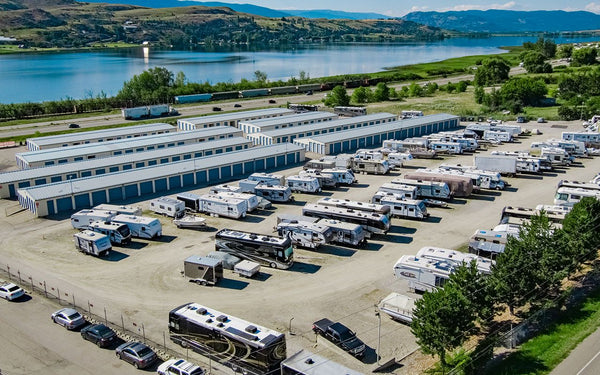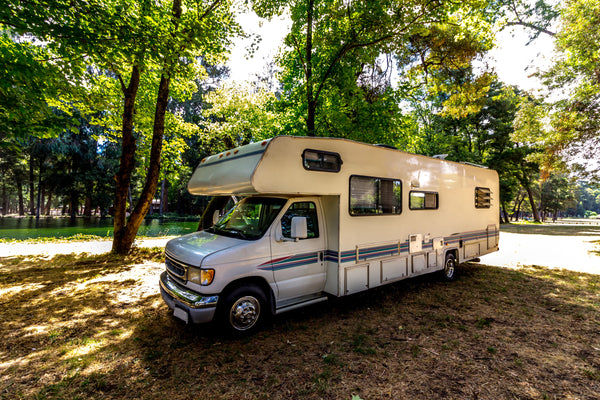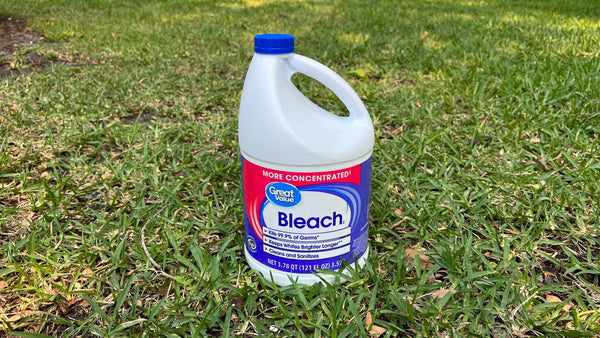By Tom Burden
How do they work?
Water pumps are used to move liquids (water) from one point to another, including in and out of the boat or RV. Depending on your need, the pump you chose is critical for the job.
There are four general pump designs, each with specific characteristics, strengths and weaknesses. Which one is right for you, depends on your application. Let's break it down.
Flexible Impeller Pumps
These pumps use a rotating impeller in an offset cam to generate suction and move fluid. Impellers can be neoprene (standard) or nitrile (durable rubber) to resist chemicals. As the impeller rotates, the succession of blades draws liquid and carries it from intake to the discharge port. The flexible blades contact an offset cam, bending with a squeezing action, which creates uniform flow. Self-priming.

Pros: These pumps are compact, versatile and simple, since they have only one moving part-the rotating impeller-and no gears to jam. They pump thin or viscous liquids and can be mounted at any angle. They also operate in either direction and don’t need a foot valve
Cons: However, they risk damage if they run dry, because the lack of fluid can cause the impeller to heat up and fail. They also have a hard time passing any solids-they are easily clogged by the smallest bit of debris.
Best Use: They are medium volume, medium pressure pumps that can generate lift like a diaphragm pump (they are self-priming), yet achieve reasonable flow volume (like a centrifugal pump). Examples: Jabsco Water Puppy and ballast pumps.
Rigid Vane Pumps
This type of pump works very similarly to flexible impeller pump but uses rigid, spring-loaded vanes instead of impellers. Vanes, upon leaving the eccentric liner create a vacuum for priming. The rotation causes each vane to draw liquid from the intake to the discharge port. Self-priming up to 3′ lift.

Pros: They are very durable, sturdy, easy to maintain and can be mounted at any angle and run in either direction. Rotor, vanes and seal are lubricated by the liquid being pumped.
Cons: Limited flow capacity relative to centrifugal pumps.
Best Use: They are used as transfer pumps, especially for pumping gasoline and diesel fuels. Example: Groco Flo-Master Vane and Jabsco Vane Puppy.
Centrifugal Pumps

Centrifugal pumps use a spinning impeller and centrifugal force to move fluid. The level of the liquid to be pumped must be high enough above the pump for gravity to push it into the pump, or the pump must be initially primed. The rotating impeller speeds liquid and moves it to the outside of the volute casing, towards the discharge port. They are the highest volume pumps we sell.
Pros: They are compact, low-maintenance and easy to maintain. Discharge port can be rotated for easier plumbing.
Cons: They are not self-priming, so they must be below the level of the liquid to be pumped. Some are not submersible, so the pump must use hose to take up and discharge liquid. Most submersible bilge pumps are of this centrifugal type. Flow rates depend on restrictions in intake and discharge piping and the head height. They should only be run dry for short periods.
Best Use: Transfer of fluids using hose connections or circulating water in a bait well, extracting water from the bilge or shower sump and moving fuel. Examples: Groco Flo-Master, Attwood 1700gph Heavy-Duty Bilge Pump, Rule Non-Automatic Submersible Electric Bilge Pumps
Diaphragm Pumps

Diaphragm pumps use a variable volume pump chamber and check valves to move fluid. As the diaphragm rises, liquid is pulled into the pump chamber while the outlet valve is pulled close. When the diaphragm is lowered, liquid is forced out the outlet valve while the intake valve is pressed shut. More chambers ensure smoother operation.
Pros: They are self-priming up to 10′ head and can be run dry. They are quiet and draw little current, so they are ideal for marine applications.
Cons: Limited volume-and some are sensitive to dirt and debris so a good strainer is usually necessary.
Best Use: They are high-pressure, low-volume pumps for applications where fluid pressure is important: pressure water, head, bilge, deck washdown, etc. Examples: West Marine 3.0 Washdown Pump, Shurflo Aqua King II and Jabsco PAR-Max pumps.
Piston Pumps
Like diaphragm pumps piston pumps physically increase or decrease the volume of the pump’s chamber by moving the piston in and out. This type of pump uses one-way check valves to open and close the chamber.
Pros: Can be run dry, move reasonable volume at high pressure, resistant to chemicals, easy to maintain & repair.
Cons: Valves can become clogged; possibly high amp draw.
Best Use: Bilge pump, toilets, pressurized water systems. Examples: West Marine Manual Bilge Pumps, Whale Vertical Self-Priming Hand Pump, Jabsco Little Pal Hand Pump.
What to look for in a water pump
There are several features you should consider before buying a pump:
Self-Priming Capability: Most pump models we sell, except for centrifugal pumps, are self-priming. Centrifugal pumps must be installed below the liquid level and use hose to transfer fluid, because most are not submersible. On self-priming pumps watch for the lift capacity.
Run-Dry Capability: Unlike piston, bellows, diaphragm and centrifugal pumps, impeller and vane pumps cannot be run dry without risking damage because their impellers and seals would heat up quickly, which leads to failure. Ask yourself if your application could involve some dry running and choose accordingly.
Flow Capacity: Pumps show a gallon per minute (gpm) rating for their flow capacity. However, gpm is measured without restriction (e.g. head, hose), so it is only a relative indicator of real-world performance.
Flow Restrictions: Different pump types react to flow restriction in different ways. Impeller and displacement pumps try to move the same amount of water continuously and work harder if the discharge is restricted until something fails or they are switched off. Centrifugal pumps on the other hand move less and less fluid until they stop.
Discharge Pressure: how much discharge pressure a pump can handle depends on the quality of the components and the motor’s resistance to overheating.
During the selection process for determining which pump to use for the Glacier and Yukon 12 Volt Water Pump, USA Adventure Gear evaluated all types of pumps before deciding on the diaphragm pump. We choose a diaphragm pump due to some key factors we felt would be important to the end users of our products. Diaphragm pumps are quiet and operate at higher pressures than other pump types. They will run dry without any damage (impeller pumps that are run dry can fail with in one minute). The diaphragm pump we choose also has a pressure on and off switch along with thermal protection to prevent overheating. This article is an excellent overview of what pump to use for which applications. I hope you find it useful – Jerry Krenning CEO USA Adventure Gear




